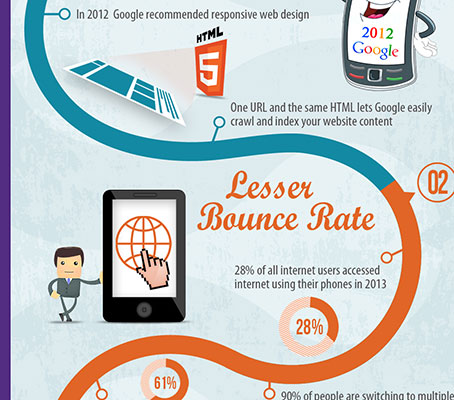The Development Of Site Style: From Earlier Times To Now
The Development Of Site Style: From Earlier Times To Now
Blog Article
Content Writer-Tobiasen Bojesen
In the past, sites were simple and concentrated on information. Navigation was direct, and layout was for desktop computers. Now, customer experience is essential. https://www.htmlgoodies.com/seo/off-page-seo/ overviews layouts for simple navigating. Receptive formats match different devices. Today, dark mode decreases pressure, and minimal menus improve navigating. Interactive attributes engage individuals, and vibrant visuals stand out. AI integration enhances involvement. See exactly how layout has progressed to boost your on the internet journey.
Early Days of Web Design
In the very early days of website design, simpleness reigned supreme. Sites were basic, with restricted colors, typefaces, and formats. The focus was on giving details rather than fancy visuals. Individuals accessed the web via sluggish dial-up links, so speed and capability were essential.
Navigating food selections were straightforward, usually located at the top or side of the web page. Internet sites were developed for desktop, as mobile browsing wasn't yet common. Material was king, and developers focused on very easy readability over complicated layout aspects.
HTML was the key coding language used, and developers had to function within its restrictions. Computer animations and interactive attributes were minimal compared to today's standards. Internet sites were fixed, with little dynamic content or tailored user experiences.
Increase of User-Focused Style
With the evolution of site layout, a shift towards user-focused layout concepts has come to be progressively famous. Today, producing web sites that prioritize individual experience is vital for involving site visitors and accomplishing company objectives. User-focused layout involves comprehending the requirements, preferences, and actions of your target audience to customize the site's layout, web content, and features accordingly.
Designers now conduct thorough research, such as customer surveys and functionality screening, to collect insights and feedback straight from customers. This data-driven strategy aids in producing intuitive navigating, clear calls-to-action, and aesthetically appealing interfaces that reverberate with site visitors. By placing the user at the facility of the design process, web sites can deliver a much more individualized and satisfying experience.
Receptive style has also become a crucial element of user-focused style, making sure that internet sites are maximized for various gadgets and display sizes. This flexibility enhances access and use, accommodating the varied methods individuals interact with web sites today. Fundamentally, the increase of user-focused style represents a change in the direction of producing electronic experiences that focus on the needs and expectations of completion user.
Modern Trends in Website Design
Explore the latest trends forming web design today. One popular pattern is dark setting design, offering a smooth and modern-day look while reducing eye strain in low-light environments. One more essential fad is minimal navigation, streamlining menus and boosting individual experience by focusing on essential elements. Including micro-interactions, such as computer animated switches or scrolling effects, can create an extra interesting and interactive web site. Receptive layout stays important, making sure smooth customer experiences throughout different devices. Additionally, making use of strong typography and asymmetrical designs can add visual rate of interest and draw attention to certain material.
Integrating AI innovation, like chatbots for client support or personalized recommendations, enhances individual interaction and improves procedures. Accessibility has likewise come to be a significant trend, with designers focusing on comprehensive design techniques to deal with varied individual requirements. Accepting sustainability by maximizing website efficiency for speed and efficiency is one more arising fad in website design. Teaming up with customer comments and data analytics to iterate and boost style continually is vital for staying appropriate in the ever-evolving digital landscape. By embracing these contemporary trends, you can develop an aesthetically attractive, easy to use web site that reverberates with your audience.
Verdict
As you reflect on the advancement of website layout from the early days to currently, you can see just how user-focused style has actually ended up being the driving force behind contemporary patterns.
Welcome the journey of change and adjustment in website design, always maintaining the customer experience at the leading edge.
Tippingpointdigital
Stay present with the most recent trends and innovations, and never ever quit evolving your strategy to produce aesthetically spectacular and straightforward internet sites.
Evolve, adapt, and develop - the future of web design is in your hands.
